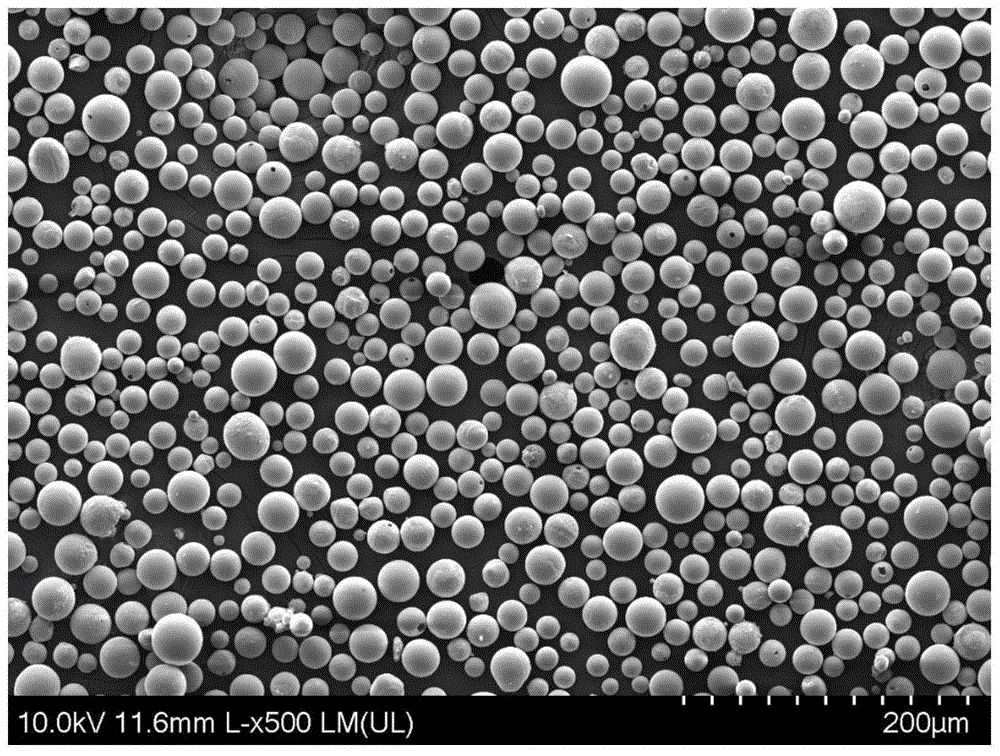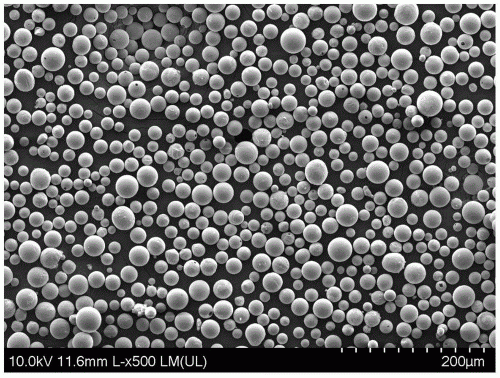Traditional physical methods for preparing spherical powders primarily include mechanical shaping and spray drying.
1. Mechanical Shaping
Mechanical shaping primarily involves plastic deformation and particle adsorption through a series of mechanical forces, such as collision, friction, and shear. Continuous processing results in denser particles, and sharp edges are gradually smoothed and rounded by the impact force.
Mechanical shaping utilizes pulverization equipment such as high-speed impact mills and media agitator mills to produce fine powders. Combined with dry and wet grinding, these methods yield powders with finer particle size, narrower particle size distribution, and a certain spheroidization rate.
Mechanical shaping is widely used in the spheroidization and shaping of natural graphite, artificial graphite, and cement particles. It is also suitable for crushing and pulverizing brittle metal and alloy powders.
Using a particle composite system, irregularly shaped commercial tungsten powder is processed through a dry, mechanized process using high-speed gas impact. Spherical tungsten powder is produced through the high-speed impact field, compression between particles, and friction. This method simplifies the production process for spherical tungsten powder and offers advantages such as a simple process flow, easy parameter control, and low cost.
The mechanical shaping method utilizes a wide and inexpensive supply of raw materials, fully utilizing existing resources. It offers advantages such as simplicity, environmental friendliness, and industrial scalability. However, this method is not very selective for materials, and metrics such as sphericity, tap density, and processing yield cannot be guaranteed after processing. Therefore, it is only suitable for producing spherical powders with lower quality requirements.
2. Spray Drying
Spray drying involves atomizing a liquid substance into droplets, which are then rapidly evaporated in a hot air stream, solidifying into solid particles.
The advantages of spray drying are its simplicity and easy control of product properties. This method is primarily used in the fields of military explosives and batteries.
The disadvantage of spray drying is that it may generate industrial waste, including exhaust gas and waste liquid.


